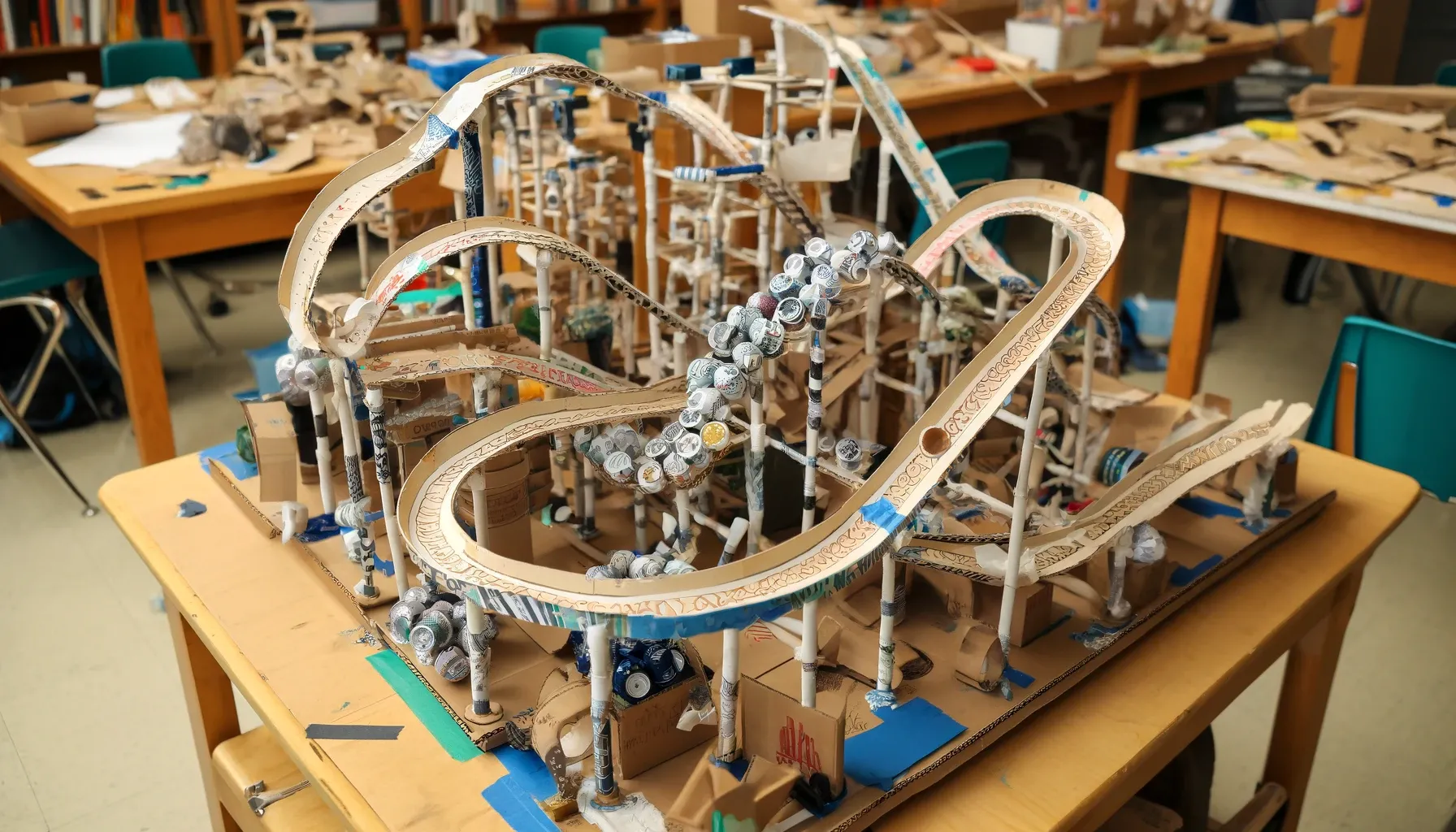
Designing a Labyrinth: Engineering Challenge Inspired by the Myth of Perseus
by Robyn Yewell
Students will apply principles of design, engineering, and mathematics to create a physical or digital labyrinth inspired by the myth of Theseus. This project integrates STEM concepts with literature, promoting creativity, problem-solving, and teamwork.
Over the course of nine days, students will engage in research, design, construction, testing, and presentation phases. They will study the myth of Theseus, explore labyrinth designs, and apply geometric and engineering principles. Students will work in groups to create detailed sketches and build prototypes, either physically with materials like cardboard and wood, or digitally using 3D modeling software. They will test and iterate their designs, ensuring functionality and challenge. The project culminates with a presentation and demonstration of their labyrinths, reflecting on the integration of STEM and literature.
Lesson Plan Link/URL
https://docs.google.com/presentation/d/1n2zLDpbOuFqEdtP-x7MXGdjsxBSLgMjmvlBaoAl…Subject Area
Science Physical Science P3: Net Force Earth and Space Science Life Science Technology 1. Empowered Learner 3. Knowledge Constructor 4. Innovative Designer 5. Computational Thinker 6. Creative Communicator Engineering S2: Apply the Engineering Design Process S3: Apply Mathematics to Engineering S4: Apply Science to Engineering S5: Apply Technology to Engineering S6: Apply Communications to Engineering Mathematics Measurement and Data (MD) Geometry (G) Algebra (A) English Language Arts (ELA) Reading (Literature) Writing Speaking & Listening
Featured
Off
Related Content

Grades:
1st Grade, 2nd Grade, 3rd Grade
In this lesson, students design, build and test model candy cars made from simple materials. They measure the changes in distance and travel by the addition of revision of design features. Students

Grades:
5th Grade, 6th Grade
This is a lesson plan made to target the fifith grade standard on how noncontact forces impact one another. It can be adapted to grades 5-12. Students will explore magnetism and polarization, research

Grades:
7th Grade, 8th Grade, 9th Grade, 10th Grade, 11th Grade, 12th Grade
Students will use projectile motion as practical example to better understand how parabolas (quadratic equations) are built. Students will also tabulate x and y values on Google Spreadsheets and graph